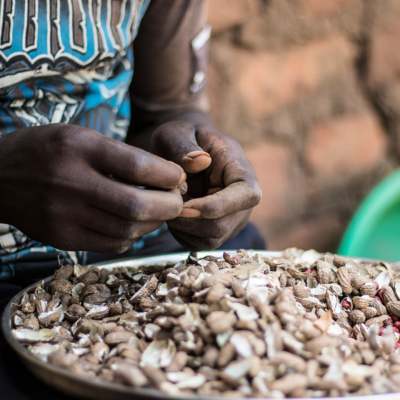Preventing Famine in the 21st Century

The risk of famine has returned as a significant global concern. While it appeared to diminish as a threat in the latter part of the 20th and early 21st century, in recent years several countries have experienced or have been on the brink of famine. By 2022, the number of people caught in extreme acute food insecurity climbed to over 200 million. In response, several global initiatives have arisen including, the Group of Seven’s famine prevention and humanitarian crises compact, the UN Secretary-General’s High-Level Task Force on Preventing Famine, and an increased focus on accountability measures, including UN Security Council Resolution 2417.
While few of the recent famines or near-famine emergencies have taken the international community by surprise, there are major reasons to reconsider our understanding of famines, the dynamics that give rise to famines, the resilience of populations subjected to these dynamics, and the means of prevention at the disposal of governments, humanitarian agencies, donors, and the affected populations.
This project explores these issues and aims to contribute to wider global efforts to prevent these crises in the future.

Famine Prevention: A Landscape Report
This study reviews what we have learned regarding policies and interventions to prevent famine, and how these can be scaled up more rapidly.

Do Famine Declarations Really Lead to Increased Funding?
This policy brief examines the relationship between famine declarations and funding since 2011. It shows that, with that one exception, there is little evidence that famine declarations actually result in a rapid increase in funding.
